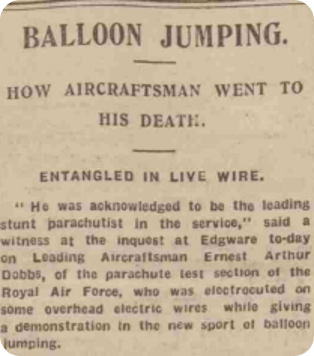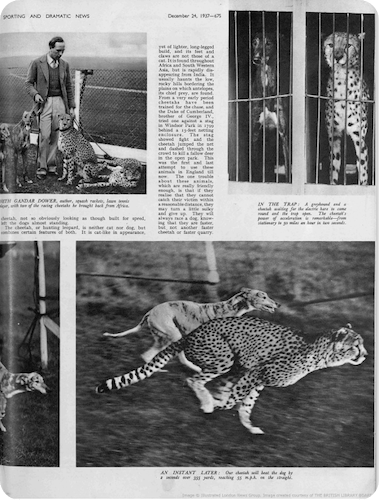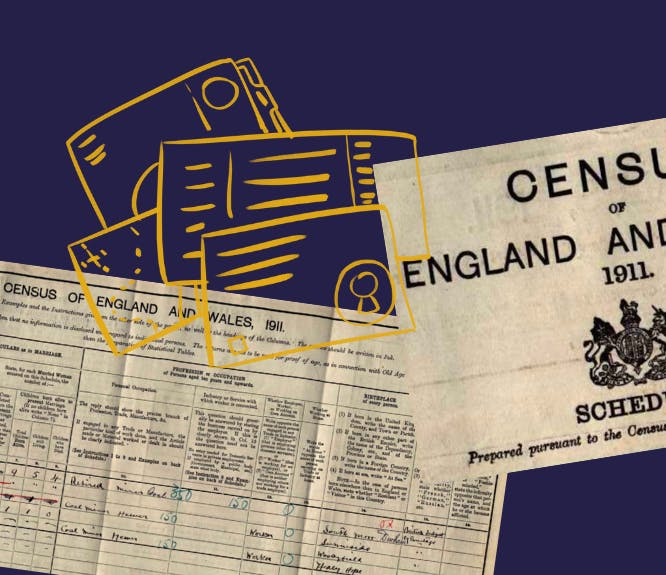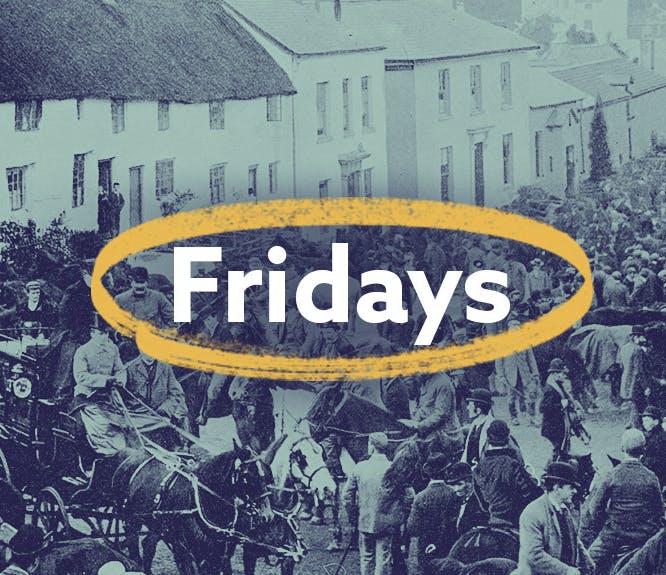Long before Wimbledon and the World Cup, our ancestors played fox tossing and other 'delightful' historical sports...
5-6 minute read
By Charlotte Ward Kelly | August 7, 2023
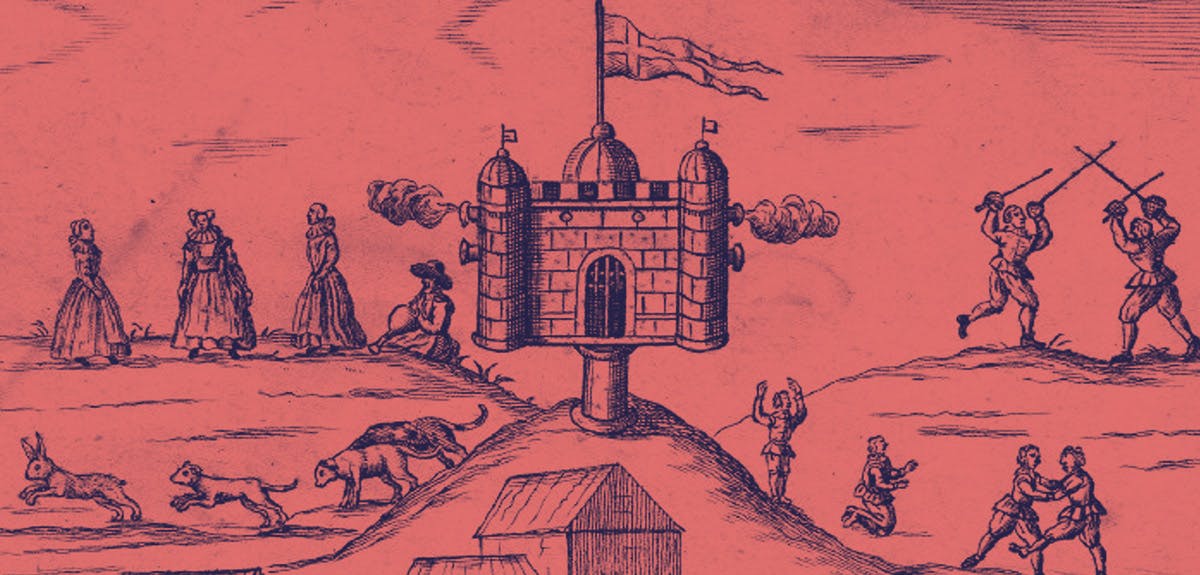
Though many sports enjoyed today have a history that stretches back centuries, there are also many that were popular in times gone by that have since been banned, cancelled, or forgotten about.
Throughout history, people have kept themselves entertained with various hobbies. Though the study of the history of sport has often been neglected, it is important as it helps us to understand not only how our ancestors spent their time, but also gives unique insights around the morality and politics of the period.
For example, the 19th century saw the rise of animal rights. With the formation of the RSPCA in 1824 and the passing of the Cruelty to Animals Act of 1825, sports including bear baiting, dog fighting, and cock fighting were banned.
Though sports like cricket and football have exploded in popularity in the modern age, there are other sports that have been lost to the pages of history. Some were banned for their cruelty to people or animals, others were far too eccentric or dangerous, and others just faded away.
Read on to learn all about just some of the fascinating sports that have been - rightly or wrongly - forgotten.
Fox tossing
Fox tossing, (or 'Fuchspellen') was a popular competitive blood sport played by the aristocracy in seventeenth and eighteenth-century Europe. The aim was to launch foxes (or other unfortunate animals that could be found in the wilds) as high as possible into the air, the highest being the winner.
Usually played in the courtyards or gardens of stately homes and palaces, arenas would accommodate both players and crowds of spectators. ‘Bouncing cloths’ (which would be around 20-25 feet long) would be laid out across the arena, with around a 7-foot gap between each one.
In preparation for the event, the groundskeeper would capture foxes, rodents, and other animals (some would use badgers, wild boar, and, if they were feeling brave, a wolf).
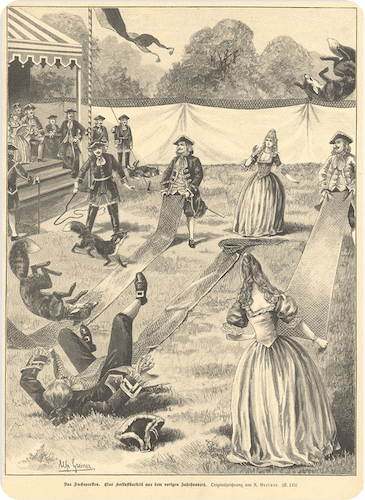
A depiction of fox tossing from 1889, as found in our newspaper collection.
The host of the event would often invite hundreds of people to attend, with food, drink, and entertainment provided. If it was a particularly special event, the host may turn it into a costumed masquerade party with guests (and the foxes) dressing up.
To play this barbaric sport, pairs would stand at either end of the bouncing cloth. Several couples would line up down the arena and would pick up their cloth, allowing for a little slack in the middle. Once in place, the foxes would be released and would run across the field.
Each couple would wait for a fox to run across their bouncing cloth and, once one did, they would pull the cloth taught so that the fox would be tossed into the air, the highest toss winning. Couples would keep playing until there was a clear winner (or until there were no more foxes left).
King Augustus II was known for his immense physical strength and loved fox tossing. He used it as an opportunity to showcase his might, reportedly using one finger to launch the sling. At one game in Dresden, 687 foxes, 533 hares, 34 badgers, and 21 wildcats were killed.
Fox tossing is believed to have derived from an ancient superstition that, in order to bring good luck in the winter, a dog or fox would be thrown in the air repeatedly until it died. Its popularity spread across eastern Europe in particular, as was favoured by many kings and electors at the time including Johann Georg I of Saxony, Leopold I, Holy Roman Emperor, and King Augustus III of Poland.
As with other animal blood sports, like cock fighting, bear baiting, dog fighting, and cock throwing, fox tossing was soon found to be too dangerous and cruel, and eventually died out.
Balloon jumping
If we skip forward to the early 20th century, there's another dangerous forgotten sport to be found - we're talking about the quirky craze that was balloon jumping. In the 1920s, aviation had captured people's imaginations; many thrill seekers in Britain and the US were looking for new opportunities to harness the power of flight for competition and fun.
This gave rise to the sport of balloon jumping. Participants would put a harness on with a huge helium filled balloon attached to it. They would the proceed to jump or leap around, seeing how far, fast, or high they could go - sometimes on their own, and sometimes competing against other balloon jumpers.
This was, of course, best undertaken in the countryside, where there was enough open space to jump around.
The jumping balloon had been invented by M.Q. Corbett, W.E. Hoffman, and C. F. Adams of the ‘lighter than air’ division of the US army, originally used as a way for workers to view the exterior of planes. It then spread as a great way to have fun.
The increase in popularity of the sport led to conversations around the practical use of these balloons. Could they be used as a method of commuting? Or to reach high places with ease? Visions of households across the country using balloons to jump to the local shops was seen as the future...
However, the safety aspect of balloon jumping was never fully addressed. Arthur Dobbs, parachutist in the Royal Air Force, was a big fan of balloon jumping. He would often carry out demonstrations to a curious public, extolling the merits of the sport.
In 1927, during one of these demonstrations, Captain Blacker noticed that Dobbs was jumping closer and closer to the high-tension cable. He shouted to Dobbs ‘For God’s sake, take care! Those are live wires!’ Dobbs replied ‘I’ll risk it’. He tried to jump over the cable, nearly clearing it, but his feet became trapped. He was blown to the ground and died instantly.
Dobbs’ death highlighted the dangers of the sport. It even caught the attention of Parliament, where the Secretary of State for Air, Sir Samuel Hoare, was questioned about the death. He was asked if balloon jumping was being seriously considered for use by the RAF -
"The answer to the first part of the question is in the negative. As regards the other parts, there has not, so far as I am aware, been any suggestion that the practice would do more than afford a novel form of sport, and I doubt whether it would benefit aviation in general."
The sport declined in popularity, and along with it the idea that the whole county would be jumping around using balloons in the future.
Cheetah racing
Fans of greyhound racing would often make their way to the famous Romford track in East London. In December 1937, the regulars may have had a slight surprise when they watched the greyhounds race... cheetahs.
Raymond Hook had an estate in Kenya and built a business providing exotic animals to zoos around the world. In 1934, Hook was hired as a guide by the wealthy British adventurer Kenneth Gandar-Dower, for a hunting expedition to Africa.
During the expedition, Gandar-Dower and Hook discussed cheetahs at length. They hatched a plan to race them in England, thus creating a new sport.
Early attempts to get the cheetahs to race were a failure, as they were uninterested in chasing meat attached to an electronic hare (as was custom with greyhounds). Startingly, the cheetahs showed more interest into the crowds that had gathered to watch the race...
On 11 December 1937, the first proper racing event between cheetahs and greyhounds was held at Romford Track. The first race was won by a cheetah named Helen, who covered 265 yards in 15.86 seconds.
In the second race, a different cheetah (Gussie) took the lead, while another lost interest and began to wander towards the crowd. Thankfully, he was recalled before he reached the concerned spectators.
Gandar-Dower saw this event as great success - he even set up a company dedicated to the new sport, Cheetah Racing Ltd. However, bans on gambling and the cheetahs' overall lack of interest in racing led to the sport quickly dying out.
From balloon jumping to cheetah racing, these forgotten sports are a far cry from the football, cricket and tennis that we enjoy today. Notable for their danger (and often cruelty), it's not difficult to see why they didn't become mainstays in Britain and beyond.
To delve into even more fascinating historical discoveries, made thanks to our billions of records and vast newspaper collection, head over to the Findmypast History Hub.
